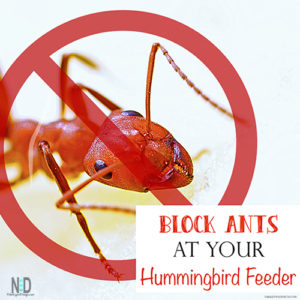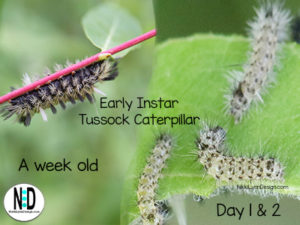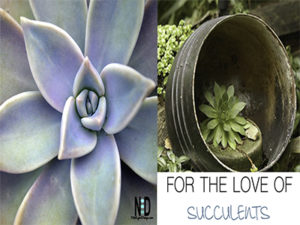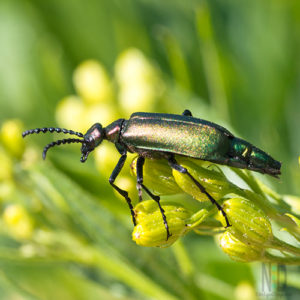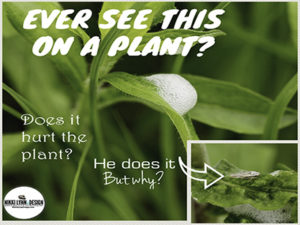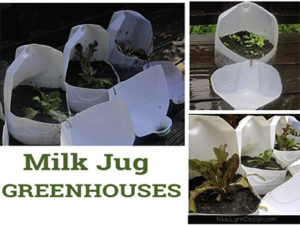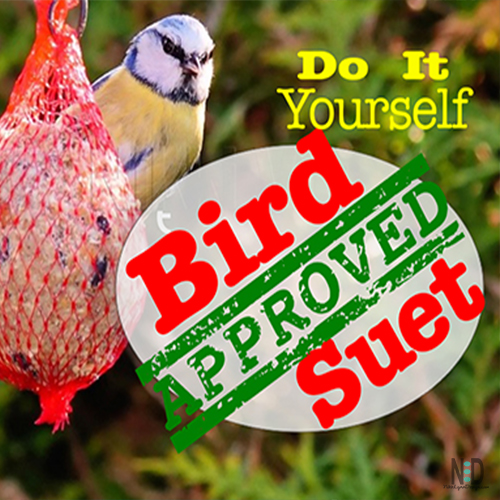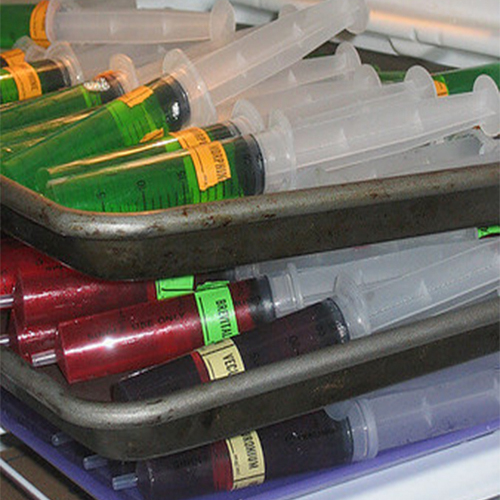Poison Ivy in Wisconsin: How to Spot and Avoid It
Poison ivy (Toxicodendron radicans) is a common hazard for foragers, hikers, and gardeners in Wisconsin. Its urushiol oil can cause itchy rashes, turning outdoor adventures into a nightmare. In this guide, I’ll break down how to identify the two types of poison ivy in Wisconsin, where they grow, and what to do if you come into contact. Stay safe and explore itch-free!
Disclosure: This post contains affiliate links. I may earn a small commission on qualifying purchases at no extra cost to you. Thank you for supporting Nikki Lynn Design!
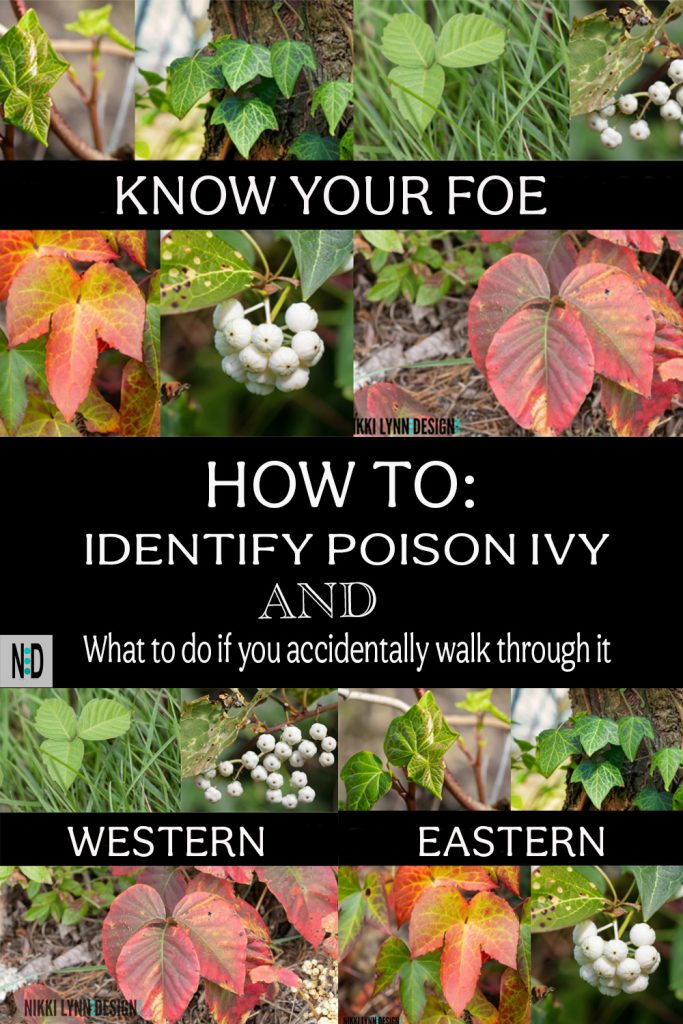
“Leaves of three, let them be; if it’s shiny, watch your hiney!” – Nikki
Identifying Poison Ivy: Know Your Foe
Poison ivy can appear as a vine, shrub, or ground cover, but these traits help you spot it:
- Leaves of Three: Three leaflets per leaf, with the center leaflet larger. Leaflets may be smooth, lobed, or toothed.
- Hairy Stems: Stems and veins have a slightly hairy texture.
- Color Changes: Green in spring/summer, red or orange in fall.
Where Poison Ivy Grows in Wisconsin
Poison ivy thrives across Wisconsin in:
- Forests and woodlands
- Fields, meadows, and riverbanks
- Roadsides and urban parks
It adapts to various soils and light conditions, so stay vigilant on trails like the Mountain Bay or in your backyard.
Types of Poison Ivy in Wisconsin
Wisconsin hosts two variants:
Eastern Poison Ivy (Toxicodendron radicans var. radicans)
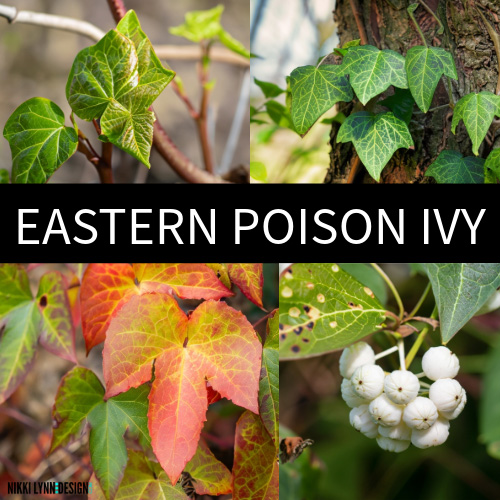
- Where Found: Forests, fields, riverbanks, urban areas.
- Traits: Shiny, smooth-edged leaflets; grows as a vine or shrub; white-gray berries.
- Fall Color: Reddish hues.
Images of Eastern Poison Ivy
Western Poison Ivy (Toxicodendron radicans var. rydbergii)
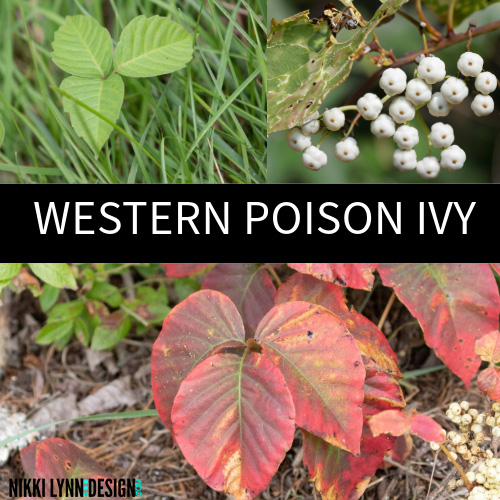
- Where Found: Open woodlands, riverbanks, dry rocky areas in western Wisconsin.
- Traits: Three or five symmetrical leaflets; vine or shrub; yellow-green berries.
- Fall Color: Reddish or yellowish.
Images of Western Poison Ivy
What to Do If You Touch Poison Ivy
- Wash Immediately: Use soap and lukewarm water to remove urushiol oil. Try Tecnu Extreme Poison Ivy Scrub for fast cleanup.
- Clean Gear: Wash clothes and gear to prevent re-exposure. Use Rubber Dishwashing Gloves for safety.
- Relieve Itching: Apply Calamine Lotion or Cortizone-10 Cream for relief.
- Monitor Symptoms: Seek medical help for severe reactions (e.g., swelling, breathing issues).
Need more gear? Check out my Top 10 Poison Ivy Products for prevention and treatment!
Stay Safe While Foraging
Prevention is key. Wear gloves, long sleeves, and carry Cutter Poison Ivy Wipes with you while hiking.
Have you encountered poison ivy in Wisconsin? Share your tips in the comments!
This post contains affiliate links that may earn me a small commission when you purchase from them—>at no additional cost to you. Thank you for supporting this site!















